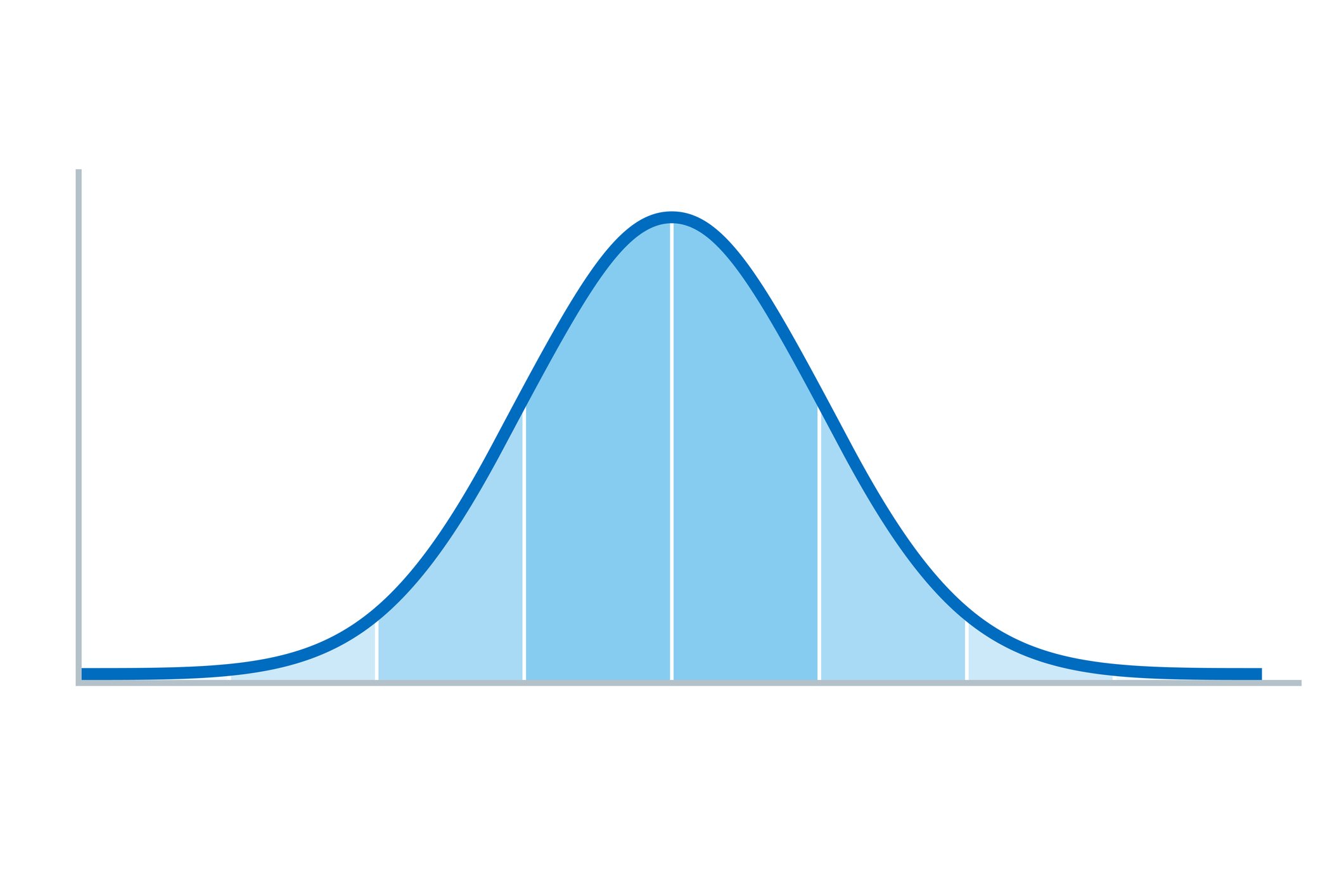Planning to Analyze Quantitative Data: The Role of Hypotheses and Transparency
Where do you start to prepare for the data analysis stage?
In this post, Dr. Ann Sloan Devlin, author of The Research Experience, discusses important steps in data analysis for quantitative studies. See her earlier post about the design process and two sample chapters from the book.
After researchers have been through the process of formulating a research question, designing a study, getting IRB or ethics board approval, and collecting data, they come to the point of data analysis. This is a juncture where it should be relatively easy to know what to do next, but that seldom seems to be the case. Data analysis should be straightforward if researchers have taken the time to clearly articulate their research hypothesis(ses). If a research hypothesis is clearly stated at the time the study is designed, the hypothesis itself directs the researcher to the appropriate analysis (or at least category of analyses).
Consider the following hypotheses: A) There will be differences in participants’ responses vs. B) There will be significant differences between the experimental and control groups measured by their responses on the Physician Qualities Scale. If the hypothesis is stated explicitly (as in B) and, in an experiment (or quasi-experiment) contains mention of both independent (grouping) and dependent (outcome) variables, this will guide the researcher to think about the kinds of analyses that examine such differences between groups (e.g., t-test, anova, manova). In the case of correlation, where the researcher wants to understand the relationship of responses on two or more measures for the sample as a whole, the hypothesis should contain the names of scales and predicted direction (e.g., for the sample as a whole, there will be a positive correlation between scores on the Visual Engagement Scale and the Arousal Scale). In the case of proportion, which involves nominal data, the dimensions should be included (e.g., athletes and non-athletes [athlete status] will significantly differ in the proportion who own a car or not [car ownership]).
Stating the hypothesis comes long before you are ready to conduct data analyses. Another aspect of data analysis that requires planning is the series of decisions a researcher makes about what data are replaced or excluded altogether. Prior planning for these decisions and reporting them in the manuscript relates to the concept of transparency. Others who read your work need to know the decisions you made about your dataset. For example, prior to conducting analyses, the researcher needs to examine the data set for missing data. But before examining those data, the researcher should articulate the rules that will govern such issues as whether to replace missing data (yes or no), the extent of missing data from an individual participant that triggers removal from one measure (e.g., more than 10% of items on a single scale), the point at which a given participant would miss so many items across measures to be excluded entirely; and whether those who fail a manipulation check (in the case of an experiment) are excluded from data analysis altogether. The field lacks consensus about such issues as whether to replace missing data or how much missing data would be too much to replace for a given participant, but researchers do agree about the need to be transparent in the decision rules they use. The manuscript should state how implementing those rules impacted the data retained for analyses.
In The Research Experience: Planning, Conducting, and Reporting Research (2nd ed.), Chapter 12 (Organizing Data and Analyzing Results) includes material on both the order in which hypotheses should be evaluated and the steps necessary to prepare a data set for data analysis. Appendix A presents a Decision Tree for Statistical Analysis that explains which statistical test is appropriate for which kind of research question. Other useful chapters related to these topics include Chapter 3, Research Design Approaches and Issues: An Overview, and Chapter 5, Measurement: Qualities of Measures.
More Methodspace Posts about Statistics and Quantitative Analysis
As part of our ongoing commitment to delivering high-quality online learning, we are excited to announce a series of updates to our Sage Campus courses! These enhancements are designed to support academic success by providing practical resources and empowering learners at every stage of their academic journey.
Last month Sage hosted an exclusive webinar with the JASP founder, Eric-Jan Wagenmakers, and fellow JASP creator Johnny van Doorn. Based at the University of Amsterdam, these renowned experts introduced the world of teaching statistics using JASP.
Dr James Abdey discusses the importance of statistical literacy and applications of methodologies to assist researchers in understanding their data and presenting their results clearly, objectively, and with confidence.
Listen to this interview, and check out Rhys Jones’ latest book: Statistical Literacy: A Beginner's Guide.
Dr. Stephen Gorard defines and explains randomness in a research context.
Mentor in Residence Stephen Gorard explains how researchers can think about predicting results.
Instructional tips for teaching quantitative data analysis.
Tips for dealing with missing data from Dr. Stephen Gorard, author of How to Make Sense of Statistics.
Learn more about standard deviation from a paper and presentation from Dr. Stephen Gorard.
How can you use Excel in your data analysis? Charlotte Brookfield explains!
Have you seen Dr. Gorard use card tricks to teach research methods? Watch this video!
Don’t have funds for data analysis software? Use Excel! Learn how in this interview with Charlotte Brookfield.
Listen to Dr. Stephen Gorard discuss his no-nonsense approach to statistics.
Professor Julie Scott Jones discusses lessons learned from teaching quantitative research methods online.
After 20 years of teaching research and quantitative methods to students in Political Science in the US, UK, and the EU, Dr. Loveless has developed a teaching method that has resulted in greater student success in statistics in each passing year
Mentor in Residence Stephen Gorard explains how to use population data.
Dr. Ann Sloan Devlin, author of The Research Experience, discusses first steps in data analysis for quantitative studies.
Want to use R for statistical analysis? These open-access resources might help!
Learn about R and find books about using this language and environment for statistical computing and graphics.
Throughout history humanity has had the urge to predict the future. The Greeks consulted the Delphi Oracle, whereas the Romans inspected sheep entrails and modern day sages poke around tea leaves to get the skinny on the future. This desire to predict the future has found its way into finance where modern day Haruspices pop up on television to make confident boasts about the future direction of the share du jour. All, but the very fortunate of these modern day prophets fail at their impossible task.























Find tips to help you share your research and numerical findings.